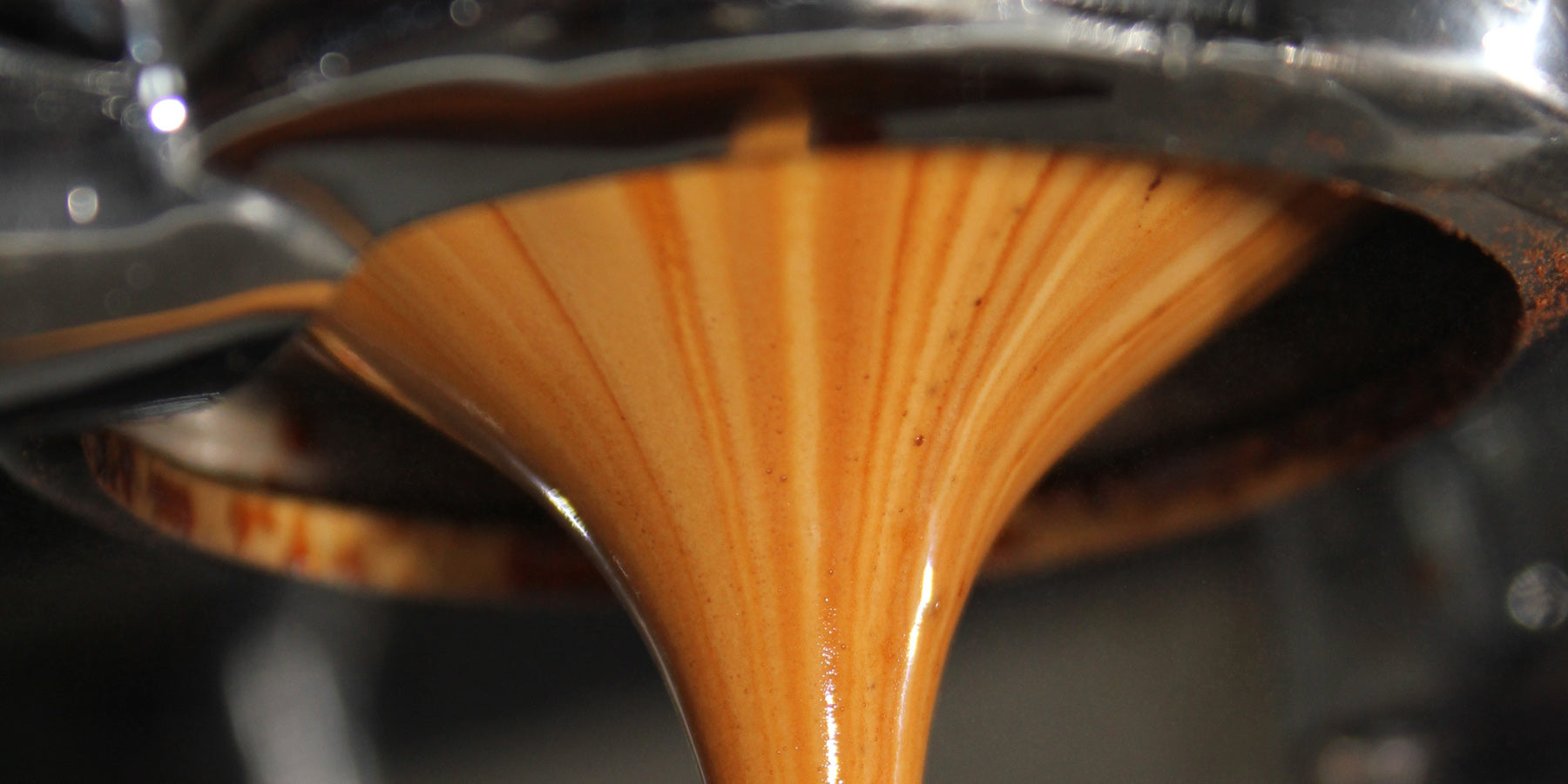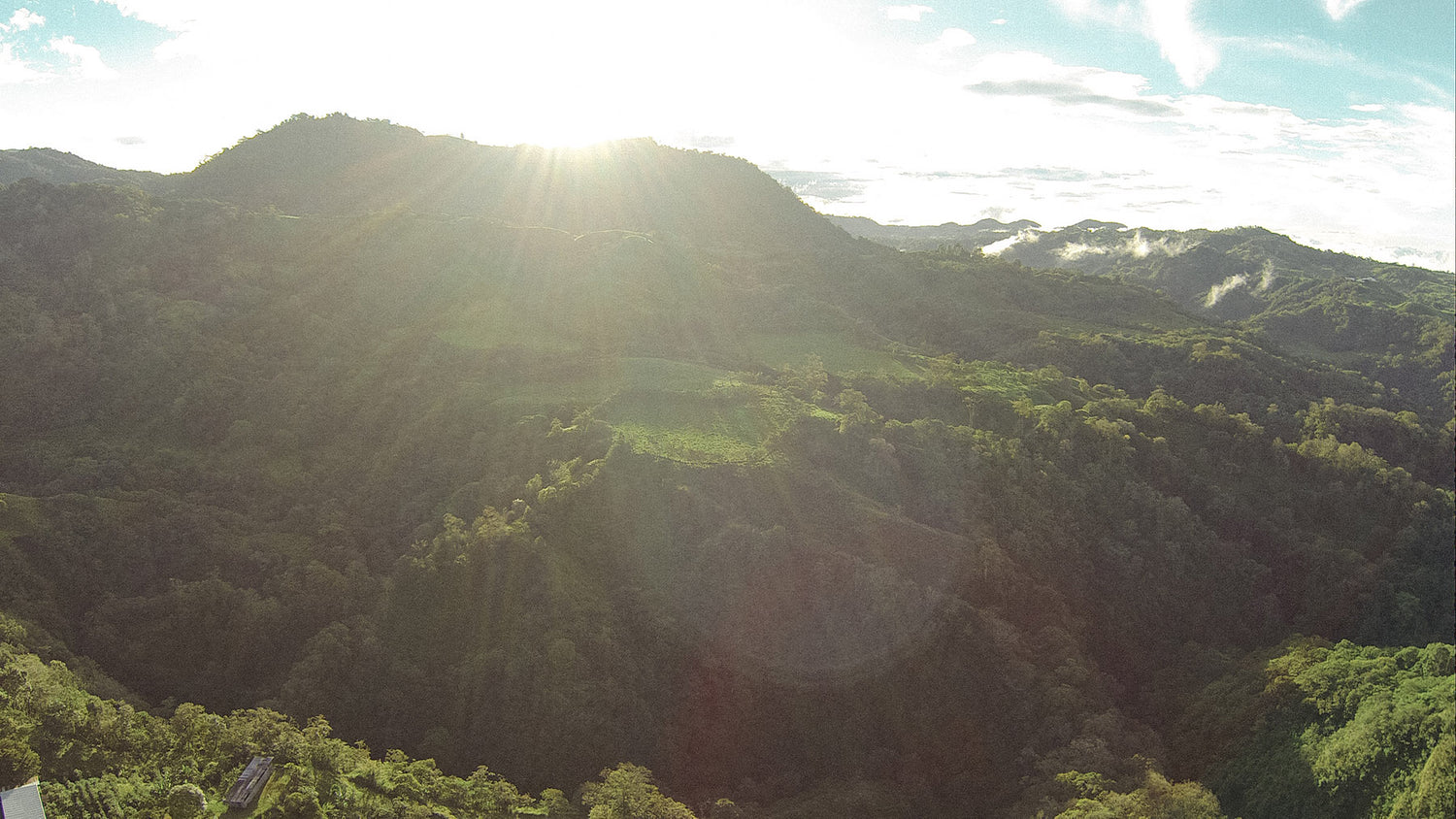For centuries, people have relied on the stimulating effects of caffeine. There are many natural sources from which caffeine is extracted. In this article, however, we will focus on the caffeine content of coffee. There are some differences, particularly in terms of preparation, the bean varieties and the amount consumed. In the article Espresso - Interesting facts about the classic, we already touched on the subject of caffeine content, but now we want to focus entirely on caffeine content. Elias Fischbacher from the Wildkaffee Rösterei wishes you lots of fun discovering.
Regarding the recipes - Which preparation contains how much caffeine
Especially when it comes to the different preparations and recipes, the caffeine content is a topic about which there is a huge amount of half-knowledge . Many people think that the caffeine content in espresso recipes is higher than in filter coffee, for example. That's not true! The caffeine content varies greatly. Basically, it depends on the bean and the preparation method.
We start with the caffeine content of the different preparation methods.
The guideline caffeine content for filter coffee is just under 96mg per 125ml cup.
But you can compare the caffeine content more precisely per 100ml. 100ml of espresso contains just under 130mg of caffeine and 100ml of filter coffee contains 55mg. Milk coffee drinks contain less caffeine per 100ml, with cappuccino containing 27mg per 100ml and latte macchiato containing just under 11mg. So you can say that the caffeine content varies greatly depending on the recipe... But let's be honest, who drinks 100ml of espresso in one go? Who only drinks 100ml of filter coffee and who only drinks 100ml of milk coffee drinks?
Coffee caffeine content – be careful!
Let's follow on from the above section. Why should you be careful when specifying the caffeine content of coffee?
Many coffee drinks are made from espresso. Therefore, the caffeine content is the same for all preparations that contain espresso. Conversely, this means that cappuccino, latte macchiato, americano and espresso have the same caffeine content. As a rule, we are talking about a caffeine content of just under 33mg per shot. However, these are average values. Of course, the caffeine content always depends on the type of bean and the roasting. We will go into this in more detail later. The caffeine content of the drinks therefore depends heavily on the dilution with milk or water. Logically, 100ml of espresso has a higher caffeine content than 100ml of filter coffee or 100ml of cappuccino. But as mentioned above, who regularly drinks 100ml of espresso in one go?

Regarding the bean & processing - what is important?
In fact, whole beans and ready-made coffee have very different caffeine contents. Each bean also contains a different amount of caffeine. But the processing, i.e. the roasting, the grinding level and of course the variety of the bean itself, also determine how much caffeine remains in your cup. The caffeine content of Robusta beans is about twice as high as that of the more common Arabica beans. This is another reason why a certain amount of Robusta is often used in espresso blends. In addition, the well-known crema develops, which develops and, above all, remains stable due to the lower oil content of the Robusta bean. Our strongest espresso blend, the Wilderer Espresso, contains 20% Robusta and is typically dark roasted. The Robusta content means that the caffeine content is correspondingly higher. The Wilderer is therefore more for the wild and brave among coffee drinkers.
In fact, roasting does not have that much of an impact on caffeine content. Beans tend to lose a small amount of caffeine when roasted darker, but the differences are very minimal and hardly noticeable.
The grinding level, on the other hand, is a much bigger factor in how much caffeine ends up in your cup. If the beans are ground finer, the surface structure becomes larger. This makes it easier for the caffeine to escape into the hot water. Then there is the contact time between the ground coffee and the water - if the coffee is in contact with the water for longer, more caffeine dissolves and the caffeine content increases.

Coffee caffeine content - what quantities are recommended?
As with many other stimulants, the dose is also crucial with caffeine. You should not consume more than 400mg of caffeine per day. That is 5 cups of filter coffee or 6 double espressos. As the caffeine content of coffee can vary quite a bit, as described above, these figures are only guidelines that you can follow. If you consume more than 400mg in one day, there is no need to panic. As long as you have enough days where you pay attention to the caffeine content, or if you are generally careful about the issue of caffeine content, then days with excess caffeine are not a problem.

Coffee caffeine content - how does caffeine react with milk
Finally, let's go back to the milky coffee drinks. We have already mentioned that milky coffee drinks such as flat white or cortado are made from an espresso. This means that the caffeine content of coffee is the same.
However, milk, and particularly the fat in it, ensures that the caffeine is absorbed more slowly. The effect on the body remains the same. How does it work? It's very simple! Milk applies a thin film of fat to the stomach lining, which is responsible for the absorption of the caffeine content in coffee being delayed somewhat.
Conclusion!
Let's briefly summarize the topic of caffeine content. The caffeine content is very extensive. Numerous factors determine how much caffeine is in your cup. Many people think that espresso, for example, is the powerhouse of coffee recipes. This is only partially true, because the amount of coffee also plays a major role in how much caffeine your end result will have. All coffee drinks based on espresso contain the same caffeine content as a single espresso shot. Compared to filter coffee, an espresso has about twice as much caffeine in 100ml. However, 100ml of espresso is probably never drunk in one go. In general, the aspects of coffee beans, degree of grinding, method of preparation and quantity are important in determining the exact caffeine content. #staywild


